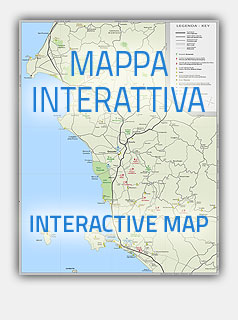
While it is fairly certain that the city is the successor to the ancient Roman town of Volsinii (sometimes termed Volsinii Novi – New Volsinii – to distinguish it from the Etruscan city), scholarly opinion is sharply divided as to whether Volsinii was the same as the ancient Etruscan city of Velzna or Velsuna (sometimes termed Volsinii Veteres – Old Volsinii), the other candidate being Orvieto, 20 km (12 mi). George Dennis pointed out that the town of Bolsena has no Etruscan characteristics; for example, Etruscan cities were built on defensible crags, which the hill on which the castle is situated is not. The Roman historian Pliny the Elder said that a bolt from Mars fell on Bolsena, “the richest town in Tuscany” and that the city was entirely burned up by this bolt,Then population moved to another site. The new city was named after the old, hence Roman Bolsena has an Etruscan name. Dennis suggests a number of crags in the area including Orvieto but does not favor Orvieto on the grounds that it is too far away.
Etruscan tombs
A number of Etruscan tombs have been found in the proximity of Bolsena. Funerary objects from these tombs are now located in Italy and abroad, including a fine collection in the British Museum.
Miracle
Bolsena is known for a miracle said to have occurred in the Basilica of Santa Cristina in 1263, when a Bohemian priest, in doubt about the doctrine of Transubstantiation, reported bleeding from the host he had consecrated at Mass. The Orvieto Cathedral was eventually built to commemorate the miracle and house the Corporal of Bolsena in a reliquary made by Sienese goldsmith Ugolino di Vieri in 1337-1338.
A famous fresco by Raphael and his school in the Vatican Rooms depicts the event.
https://en.wikipedia.org/wiki/Bolsena




 Home
Home Home
Home